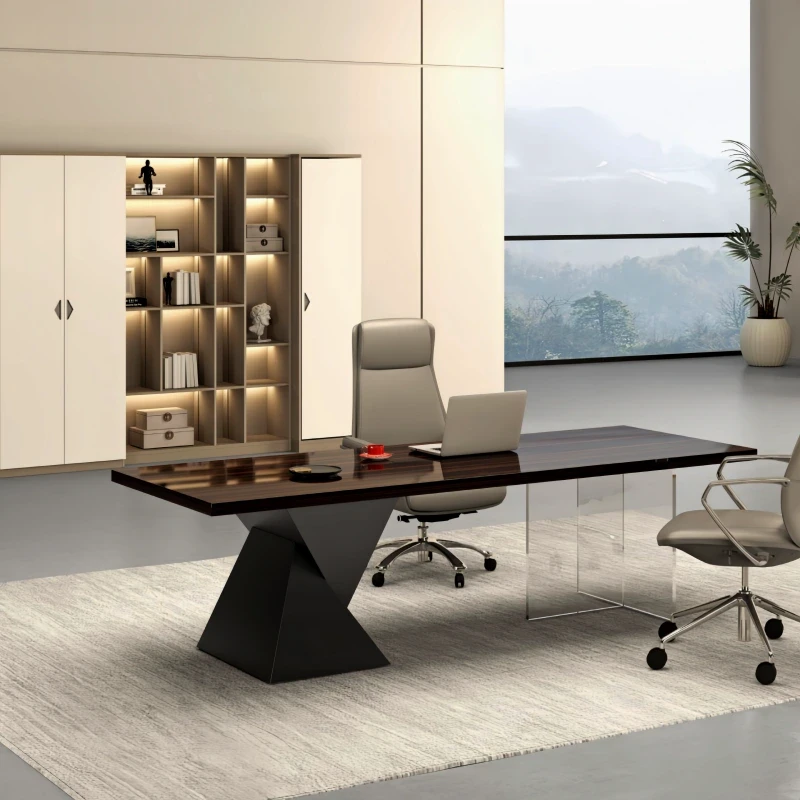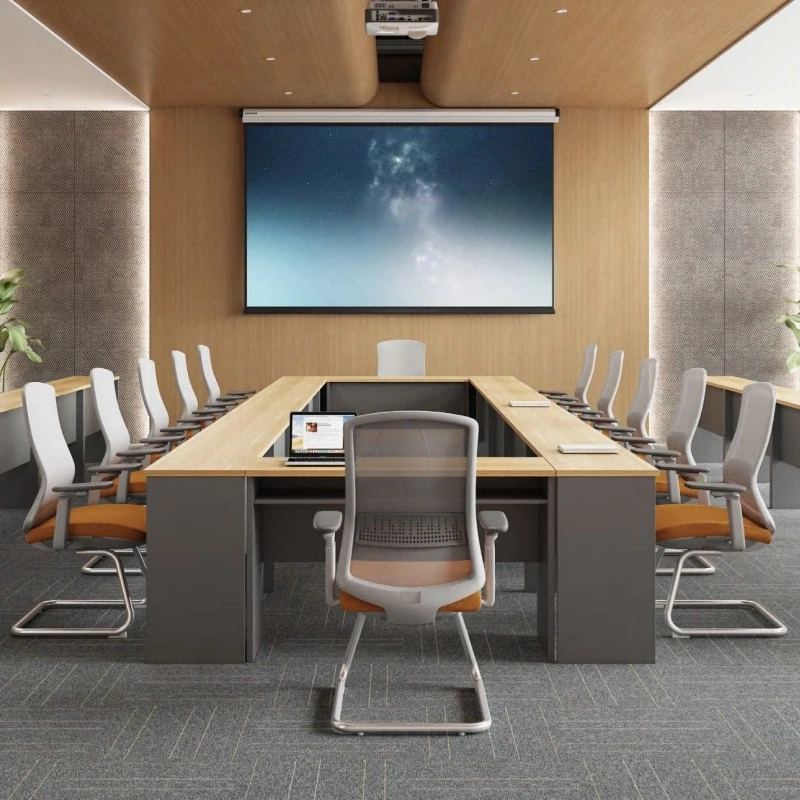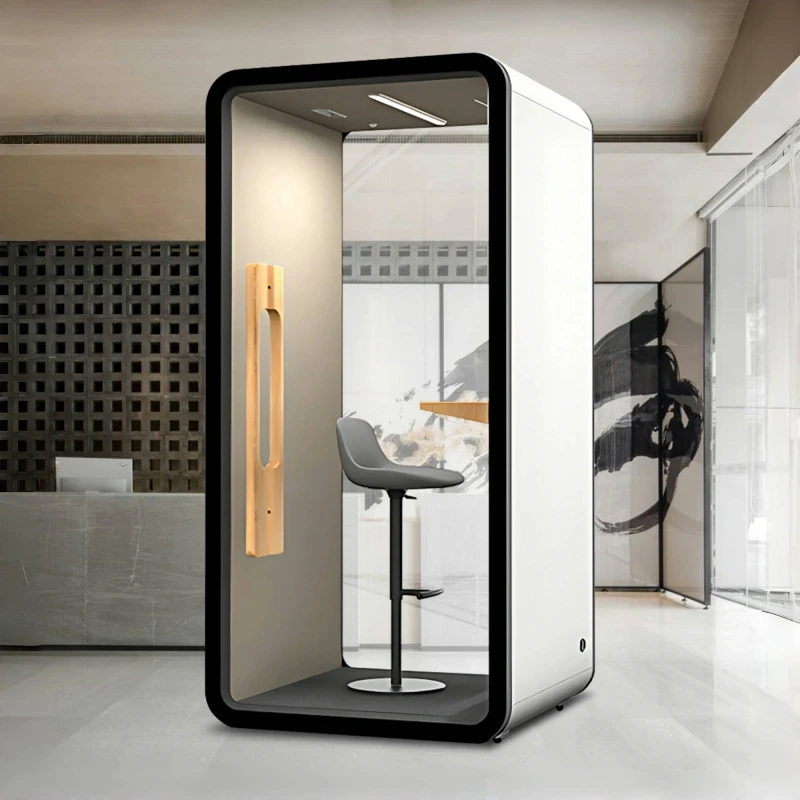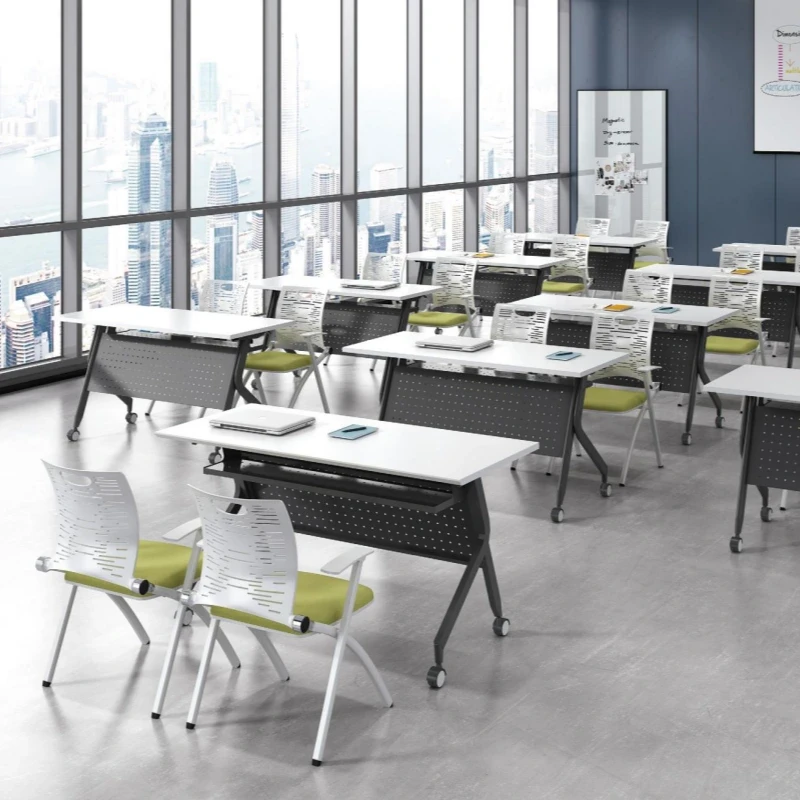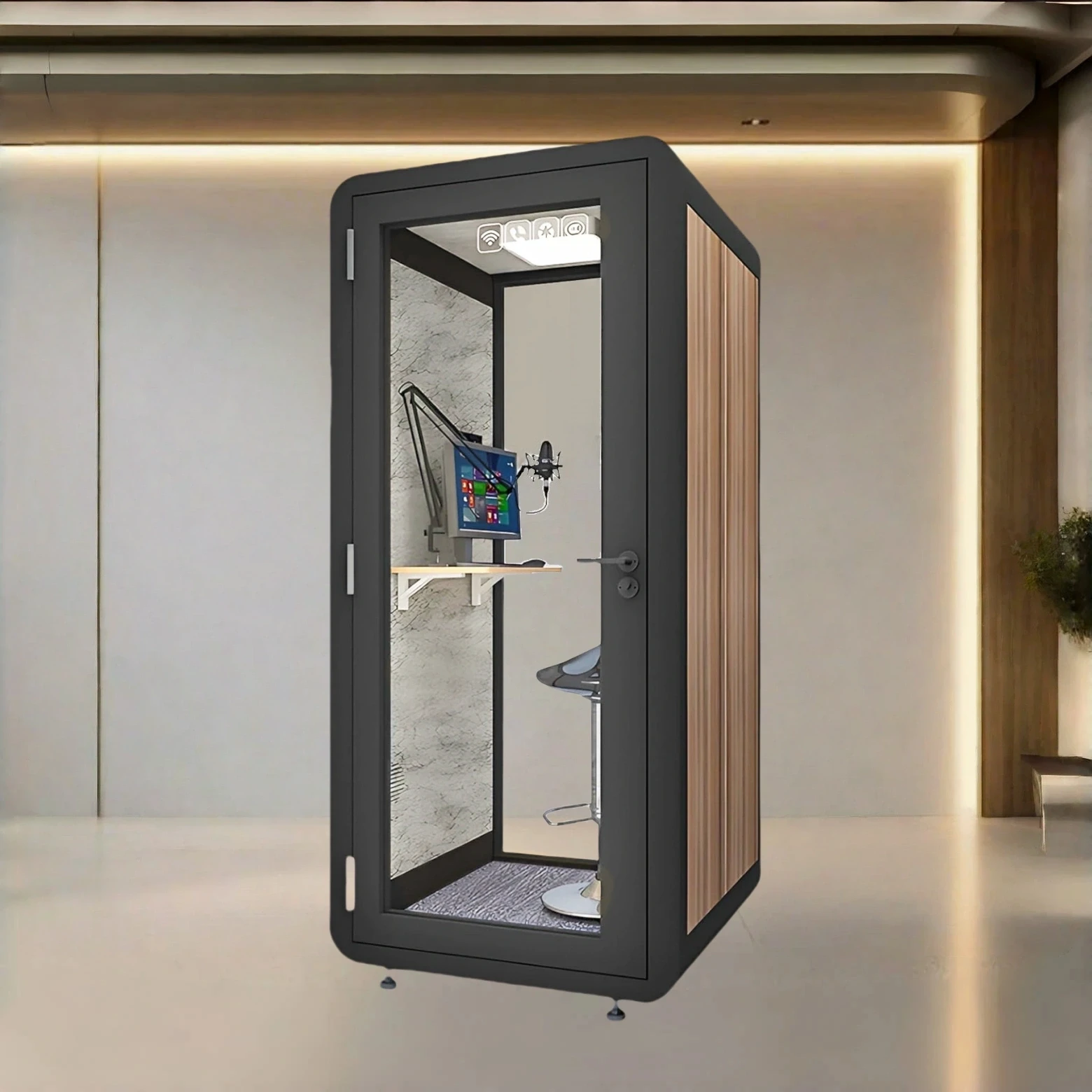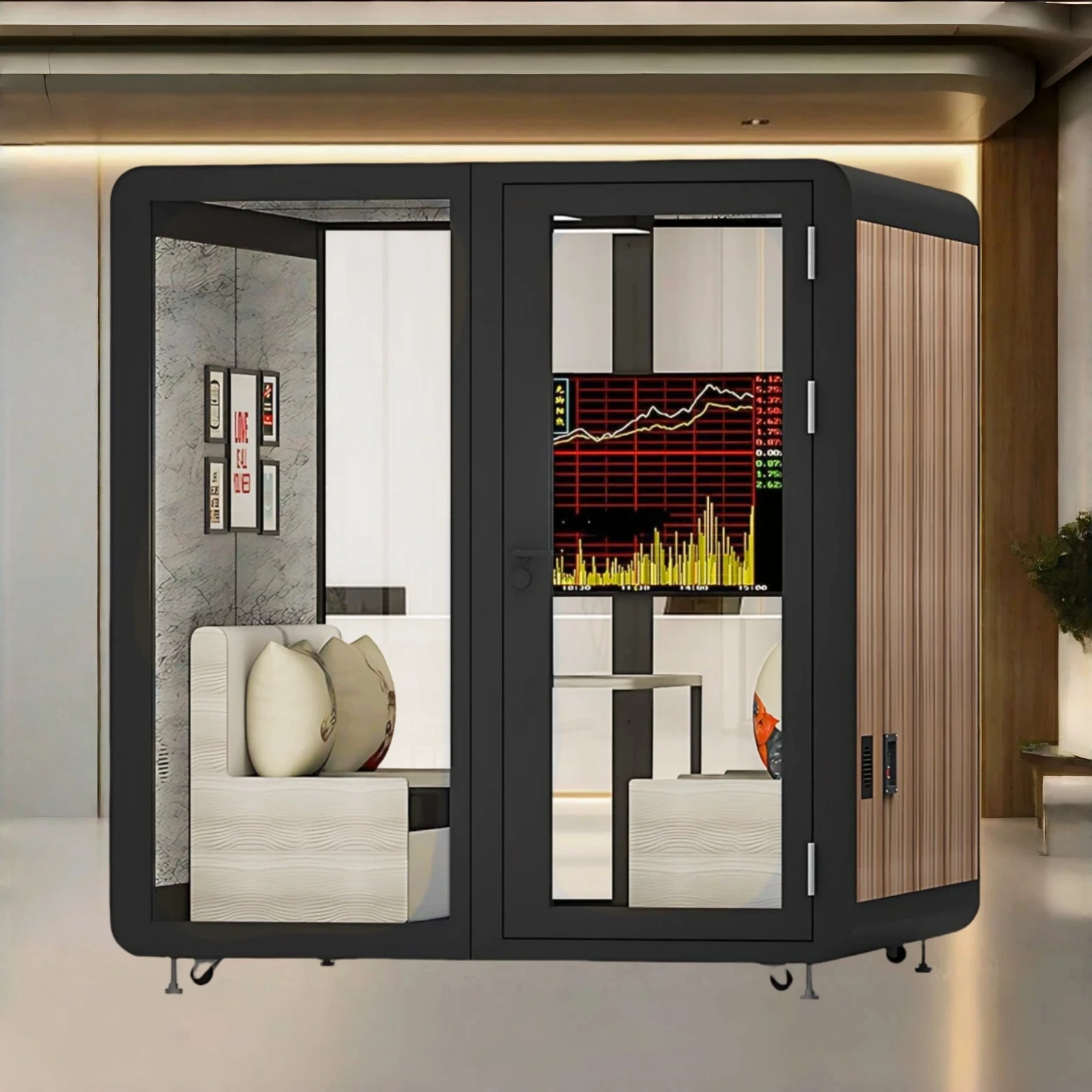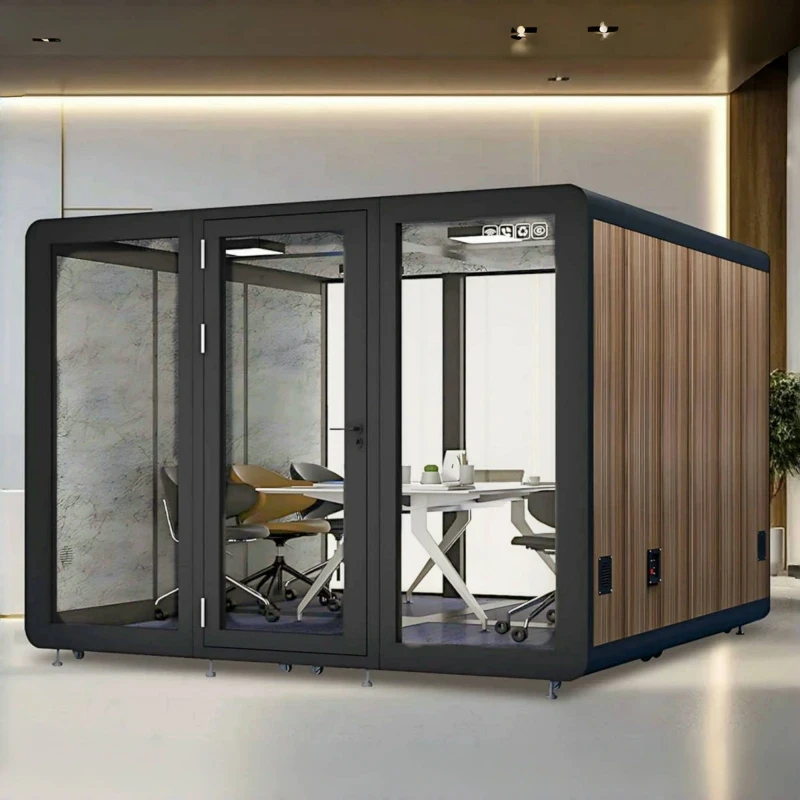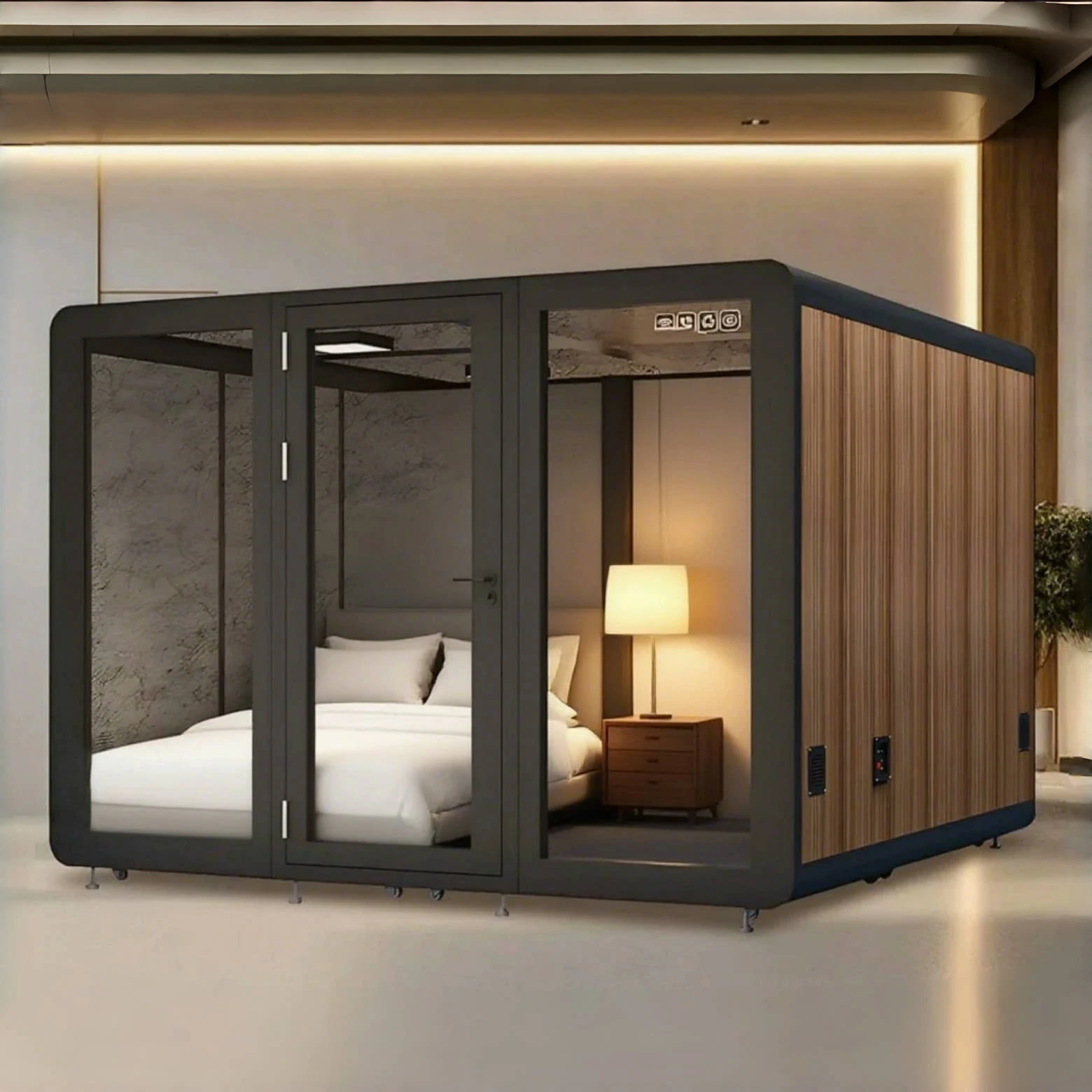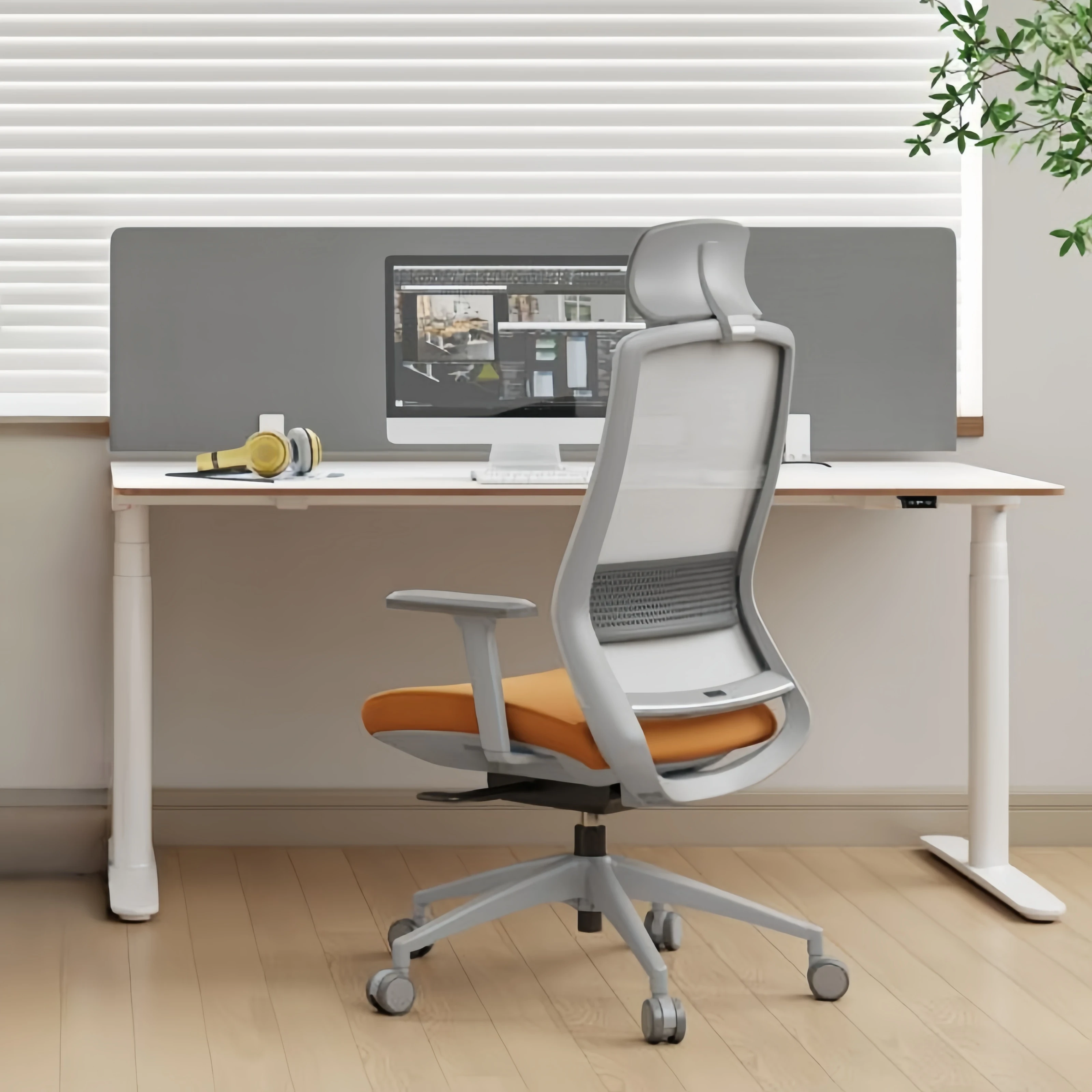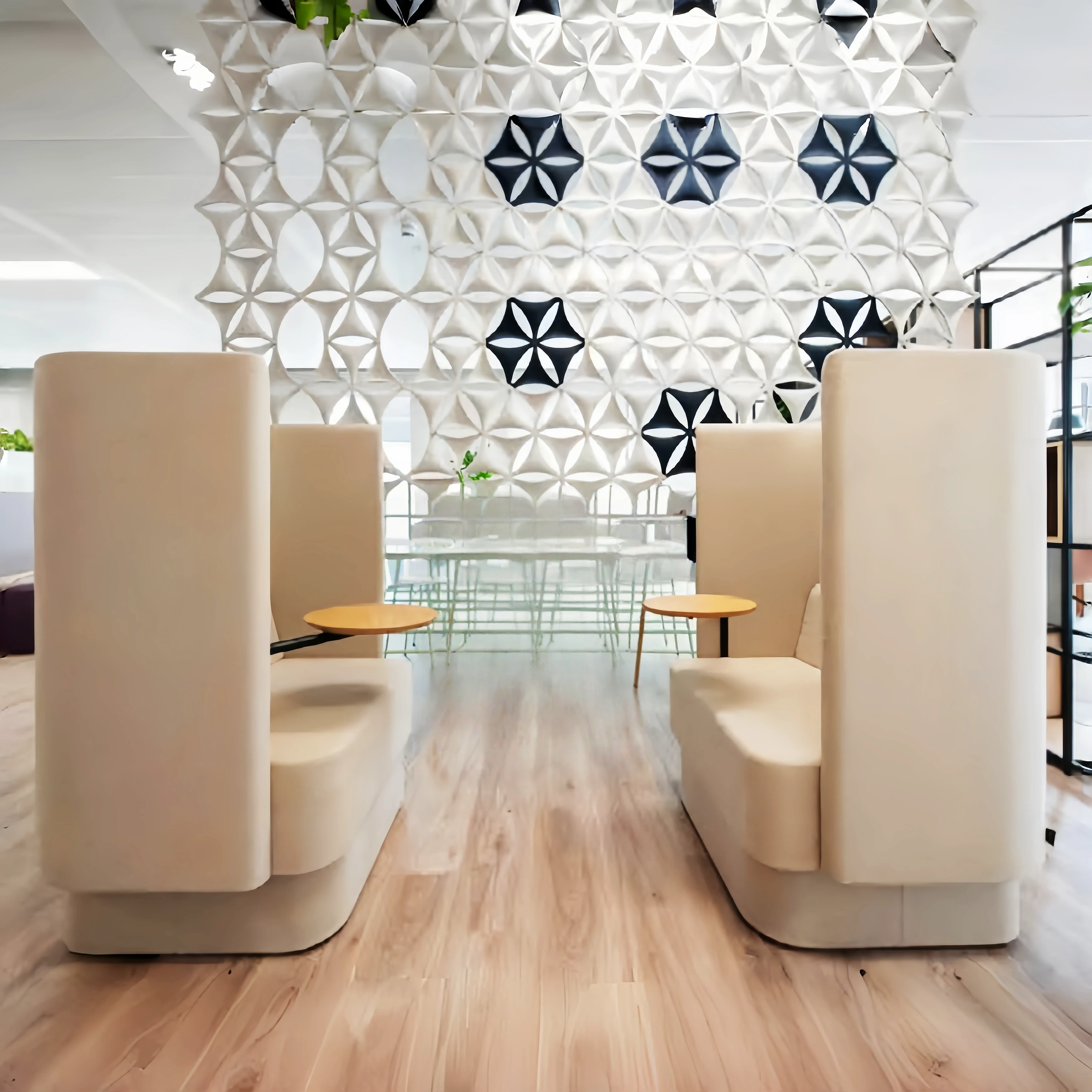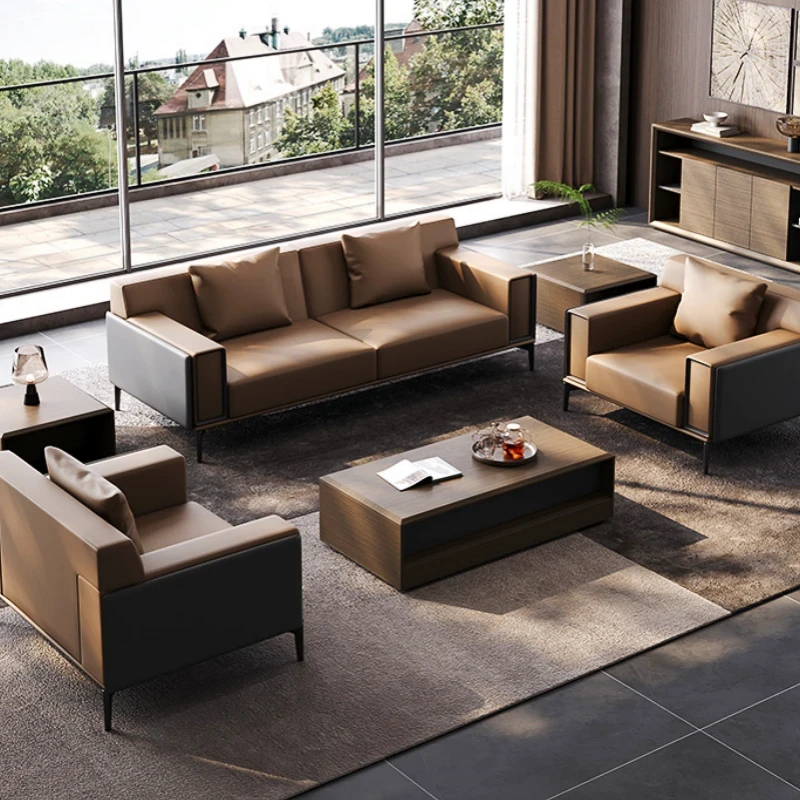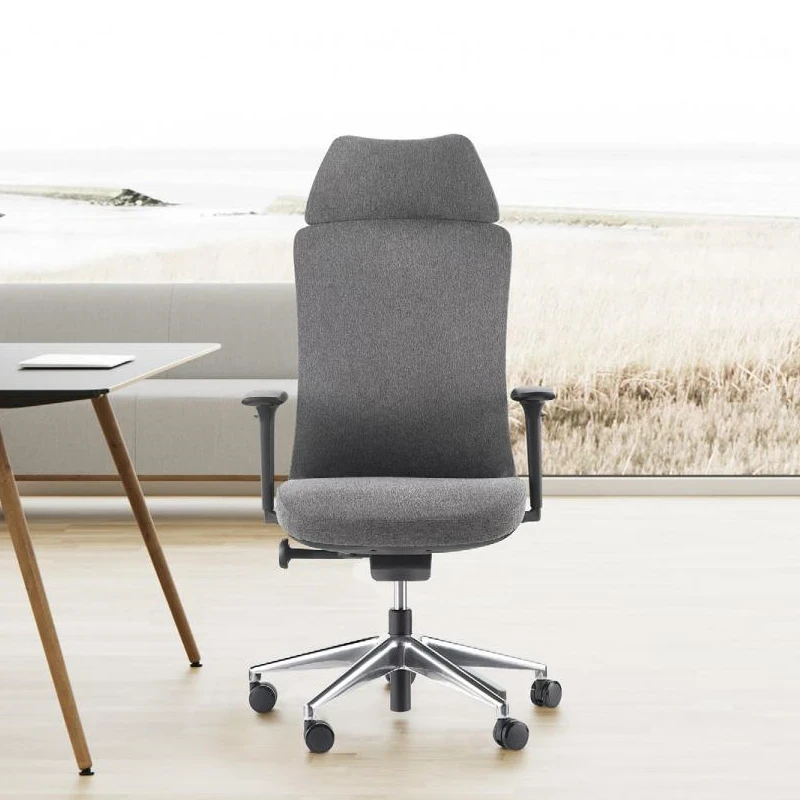In the fast-paced modern office environment, a comfortable and efficient workspace is crucial for employee satisfaction and productivity. As one of the foundational elements of this ideal work environment, the choice of office furniture is particularly important. It not only impacts the overall aesthetics and atmosphere of the office, but also directly impacts employee health and their daily work experience. Therefore, when selecting office furniture, we need to consider multiple factors comprehensively, starting with functional requirements, balancing aesthetics and practicality, while also considering cost-effectiveness. This article will detail how to make the most appropriate choice based on your specific situation, creating an ideal office space that both aligns with your corporate image and inspires teamwork.
Let me share some real-life experiences with working professionals to see if you've experienced this too!
Working while sitting hurts. It hurts to sit while working, and it hurts to stand up from a chair. The correct sitting posture is this:
Correct Sitting Posture
So, when choosing office furniture, choosing ergonomic design is crucial.
So what is ergonomic design?
Ergonomic design, also known as human factors engineering or ergonomics, is the study of how people interact with products, systems, and environments. Its primary goal is to improve efficiency, comfort, safety, and health by optimizing these interactions. During the design process, ergonomics considers factors such as human physical characteristics (such as body size), psychological needs, and behavioral patterns to create products and services that better meet user needs.
With the prevalence of computers and mobile phones, spinal problems caused by poor posture, such as prolonged sitting or standing, and prolonged hunching over a desk, are on the rise. Studies show that approximately 70% of adults experience back pain caused by lumbar muscle strain, with the prevalence being particularly high among those aged 30 to 50. Another French study revealed that over 50% of people aged 30 to 64 have a history of lumbar muscle strain. These alarming figures remind us that the impact of improper sitting posture and work environment on health cannot be ignored.
What are the benefits of using ergonomically designed office furniture? Improved Work Efficiency: Appropriate ergonomic office furniture can help employees maintain a correct sitting or standing posture, reducing fatigue and ultimately improving work efficiency.
Preventing Occupational Illnesses: Prolonged, improper use of computers or other tools can lead to problems such as cervical spondylosis and lumbar disc herniation. Good ergonomic design can effectively reduce these risks.
Increased Comfort: Adjusting chair height and backrest angle based on individual body shape can improve comfort and reduce stress during work.
Boosted Blood Circulation: A well-designed workspace can prevent leg pressure and help maintain normal blood circulation.
Enhanced Mental Health: A comfortable and functional work environment is not only beneficial to physical health but also improves mood and satisfaction, ultimately positively impacting overall mental health.
Knee Pain
Spine Conformity of Ergonomic Chairs
Specifically, ergonomically designed office furniture should have the following features:
Adjustable Height: The height of chairs and desks should be adjustable to suit different employee heights, ensuring they maintain a correct sitting posture.
Good Support: Chairs should provide adequate lumbar support to reduce pressure on the spine. The chair back angle should also be adjustable to accommodate different work needs.
Comfortable Cushion: The chair should feature soft, breathable cushions to reduce discomfort from prolonged sitting.
Foot Support: The ideal office chair should also feature a footrest, allowing the feet to rest flat on the floor, further reducing pressure on the legs and back.
Flexible Mobility: Chairs with wheels allow employees to move easily without leaving their seats, improving work efficiency.
By choosing ergonomically designed office furniture, companies can not only create a healthier and more comfortable work environment for their employees but also effectively reduce absenteeism and medical costs caused by occupational illnesses.
——————————
Secondly, when choosing office furniture, ensuring the material is environmentally friendly and healthy is crucial.
Startups should prioritize steel office furniture because of its advantages:
Advantages:
Sturdiness and Durability - Steel is highly strong and durable, capable of bearing heavy weight and resistant to deformation or damage. In the long run, steel office furniture offers better value for money.
Fireproof - Metal itself is non-combustible, making it an excellent choice for fire safety.
Easy to Clean and Maintain - The smooth surface resists dust and everyday stains, making it relatively easy to maintain.
Space-Saving - Steel furniture designs tend to be simple and compact, especially stackable designs, making efficient use of limited space.
Disadvantages:
Lower Comfort - Compared to other materials like wood, pure steel may not be as warm and comfortable, and may feel cold and hard after prolonged contact.
So, what are the ideal applications for steel office furniture?
Suitable Applications:
Open Offices - Their simple and practical design is suitable for large open work areas, allowing for flexible layouts.
Conference Rooms/Training Rooms - They offer stable and reliable conference tables and chairs to meet the needs of teams of varying sizes.
Warehouses/File Rooms - Steel storage cabinets are particularly suitable for spaces that require large amounts of storage for documents and materials, providing both security and optimal use of vertical space. Steel itself has a relatively cold color, so furniture manufacturers using steel often paint it to enhance its suitability for office environments and, from a practical perspective, to provide waterproof and rust-resistant properties.
Some companies opt for spray paint or resin, but paint is more cost-effective than natural resin, making it the preferred coloring method for smaller furniture manufacturers. However, paint is definitely not recommended. Formaldehyde is a colorless, highly irritating gas. Although odorless, long-term exposure to high concentrations can pose serious health risks, including irritation to the eyes, nose, and throat, and may even trigger more serious respiratory problems or allergic reactions.
Therefore, when selecting office furniture, we recommend prioritizing products made from natural materials or rigorously treated to reduce harmful emissions, within your budget.
To protect your own health and the health of your colleagues, we recommend taking the following steps:
Check certifications: Before purchasing, carefully verify that the product has passed relevant environmental and safety certifications, such as the China Environmental Label (Ten-Ring Mark).
Understand the production process: Try to choose furniture with a natural resin finish rather than oil-based paint, as the latter tends to contain higher levels of volatile organic compounds.
Ventilation: Even if you choose furniture with low formaldehyde emissions, it's important to keep the room well ventilated for a period of time after purchase to further reduce any residual odor.
China Environmental Label
——————————————————————————
Finally, when choosing office furniture, ensuring its practicality is crucial. This not only impacts employee productivity but also the comfort and aesthetics of the entire office environment.
Why consider the practicality of office furniture?
Considering the practicality of office furniture is crucial for several reasons:
Space efficiency: Proper planning and selecting appropriately sized and versatile office furniture can make more efficient use of limited space, creating both aesthetically pleasing and practical features while also facilitating teamwork. Cost-Effectiveness: While investing in high-quality, durable, and versatile office furniture may cost more initially, in the long run, this choice reduces the need to frequently replace damaged items, effectively saving money. Furthermore, a positive work environment helps retain talent, indirectly reducing the cost of recruiting new employees.
Reflecting Corporate Culture: By carefully selecting office furniture that aligns with your company's culture, you can not only foster a positive work atmosphere but also leave a lasting impression on visitors, contributing to a positive corporate image.
When choosing practical office furniture, consider the following:
Flexibility and Expandability: As your business grows, your office space layout may change. Therefore, considering furniture flexibility (e.g., ease of disassembly and reassembly) and future expandability (e.g., whether it's easy to add more units) when purchasing will help save costs and improve efficiency.
Storage Solutions: Good storage facilities help maintain a clean and organized work environment. Choose storage solutions like filing cabinets and bookshelves based on your needs, paying attention to their capacity and ease of access. Material Quality and Durability: Choosing office furniture made from high-quality, durable materials may require a higher initial investment, but it's more economical in the long run.
Style Consistency: Last but not least, the design of your chosen furniture should coordinate with the overall office decor, creating a professional and inviting atmosphere. Reinforce your brand image through consistent color schemes and material choices.
So, do you understand?

 USD
USD
 GBP
GBP
 EUR
EUR

